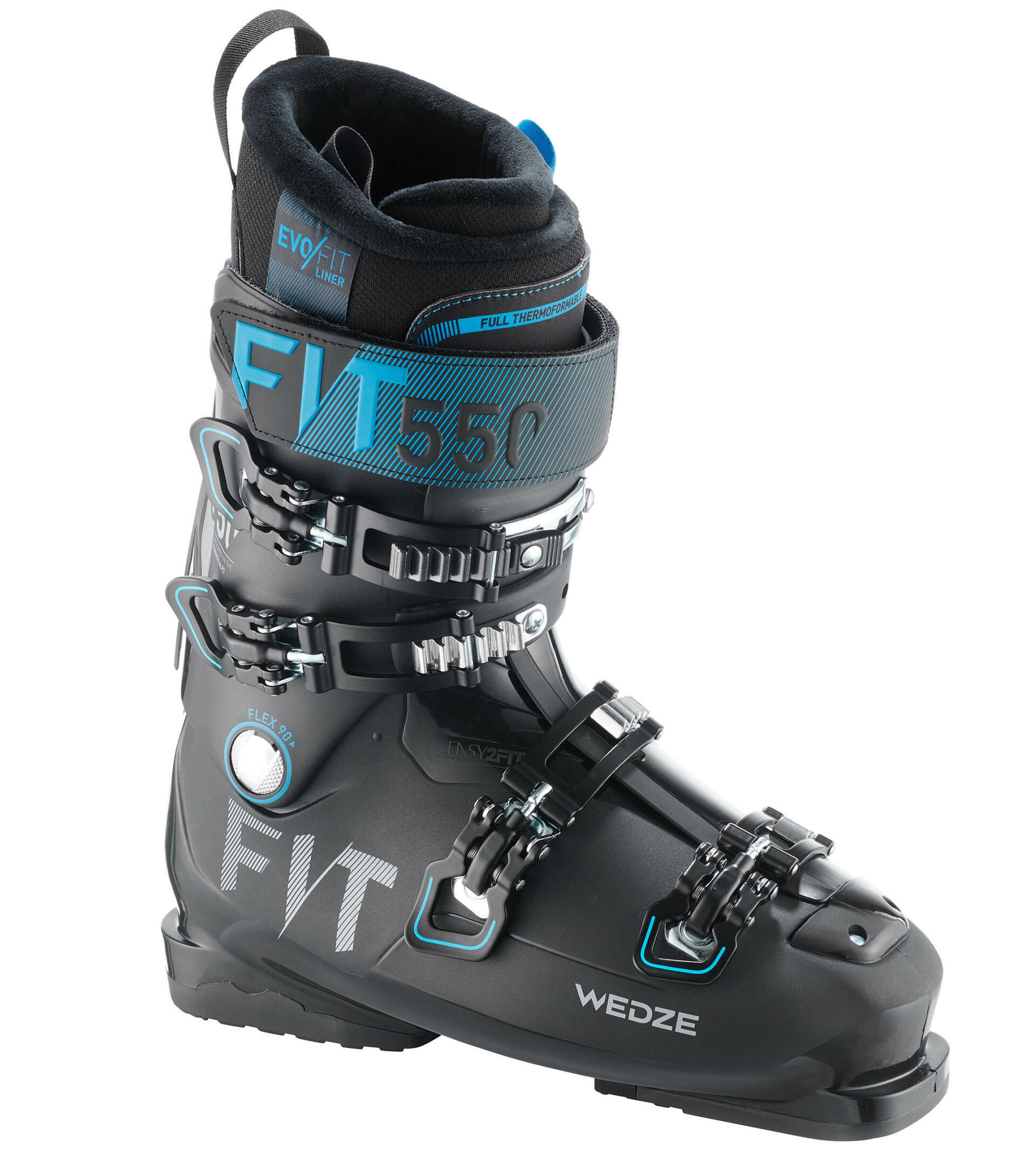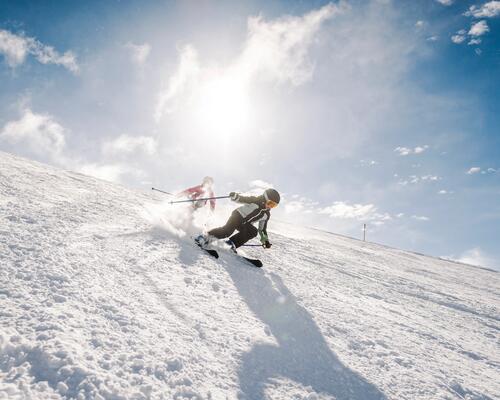What is downhill skiing?
A little bit of history~
The first ski resorts emerged in France about a hundred years ago.
Initially practised by a closed circle of professional enthusiasts, downhill skiing then became popularised, becoming THE ultimate winter sport.
Where do you do it ?~
As its name suggests, downhill skiing is only practiced ongroomed slopes, offered by the various ski areas.It is therefore the job of the ski resorts to prepare, maintain and ensure the security of the slopes in winter. You can reach them using the lifts, i.e. cable cars, gondolas, chair lifts and ski lifts.
Off-piste, the snow is in its natural condition. Skiing on this type of snow is referred to as All Mountain or Freeride skiing.
In a ski resort, each piste is colour coded according to its level of difficulty:~












